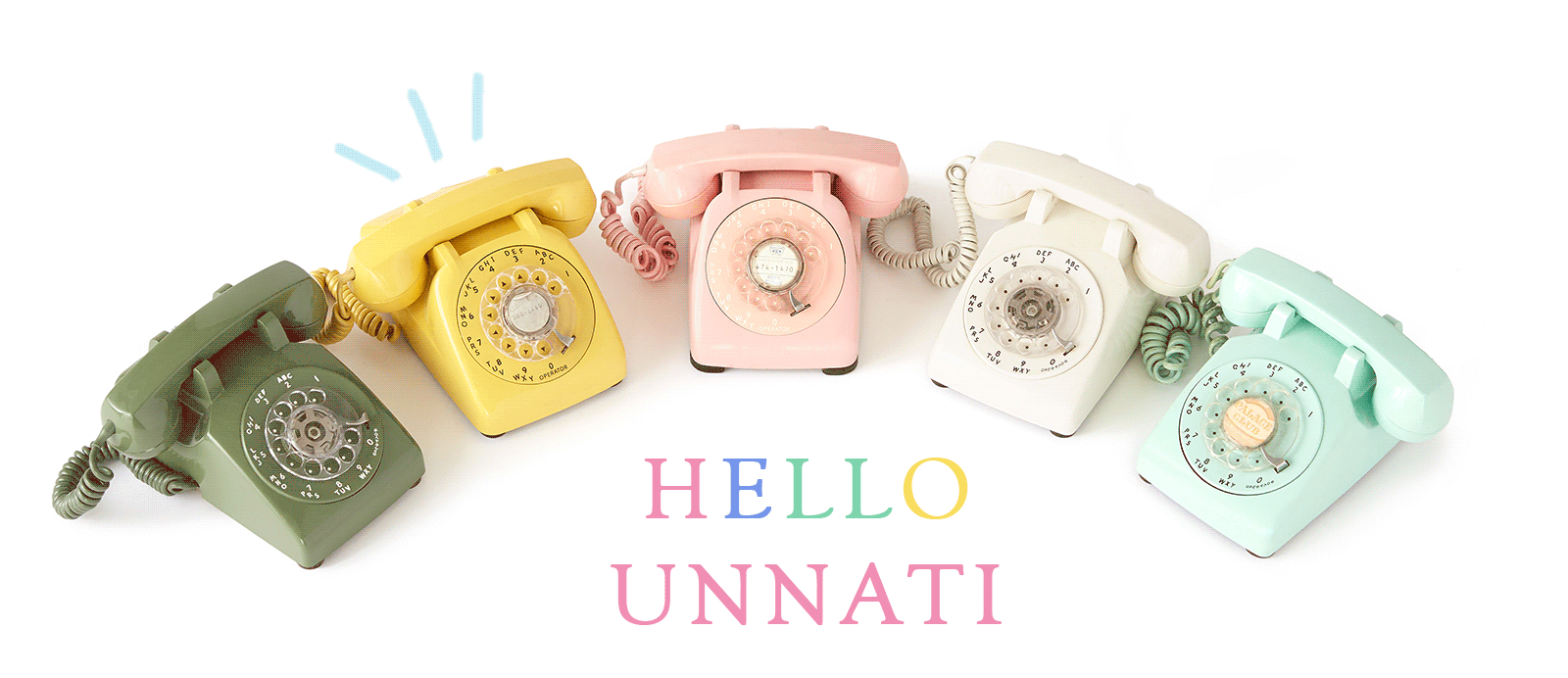Bagru - Colouring
{{widget type="Magento\Cms\Block\Widget\Block" template="widget/static_block/default.phtml" block_id="973"}}
• The printer receives bundles of 500 or 1000 metres at a time.
• First sizing according to the print orders is done. i.e. 7 meters for sarees, 2.5 meters for dupattas, 10 meters for running fabrics, etc.
• The fabrics are pre-washed and soaked for several hours together to allow for dirt, oil and other contaminants to separate out. The smearing of the fabric or cloth to be dyed is with Fuller’s Earth, brought from the riverside. It is then dipped in turmeric water. Fuller’s Earth washed away imparts a creamish colour to the fabric.
• This soaking is done for 24 hours to remove all starch, oil, dust or any other contaminants that might be stuck to the cloth.

• The fabric is “yellow” dyed in a harda solution, which allows the natural dyes to adhere to the fabric and become color fast. Harda is extracted from fruits of the myrobalan plant (terminlia chebula). The yellow dyed fabric is dried in open fields under the bright sun. The fabric is now a yellowish cream color (unique to the Bagru printing process) and is ready for printing.
• The yellow dyed fabric is spread and smoothed on long padded printing tables. The printing always moves from left to right.
• The printer gently taps the wooden block in a tray of the proper colored dye. He then applies the block to the fabric carefully lining up the corners correctly and gives one hard swift hit to the center of the block to ensure even distribution of the dye.
• This is repeated over and over again, first with the gadh block (background), and again with the rekh (fine outlines) and daata (inside filling) blocks in different colors.
• After the printing is complete, the fabric is left to dry for 2-3 days before it is washed.

• Once the fabric is thoroughly dried, it is boiled in a large copper pot with a mixture of natural ingredients, including alum and various flowers. The fabric is constantly stirred as it is boiled to keep the fabric from burning on the bottom of the pot. After boiling the fabric is once again washed to remove any excess dyes or dirt, and again dried in the sun.
• The block printed fabric is finally ready to be packaged and sold.
Contact US
We will get back to you shortly!

